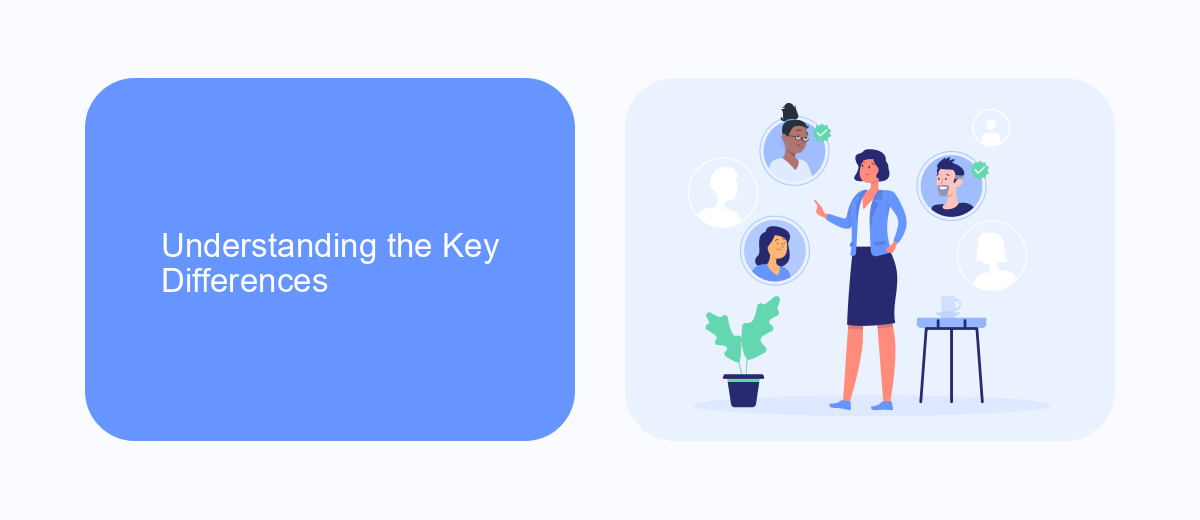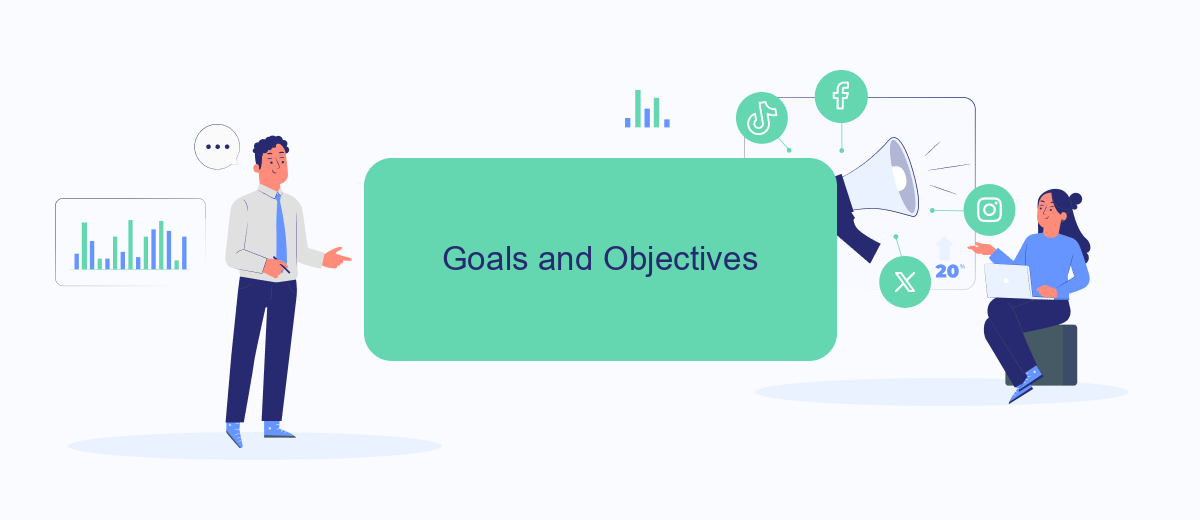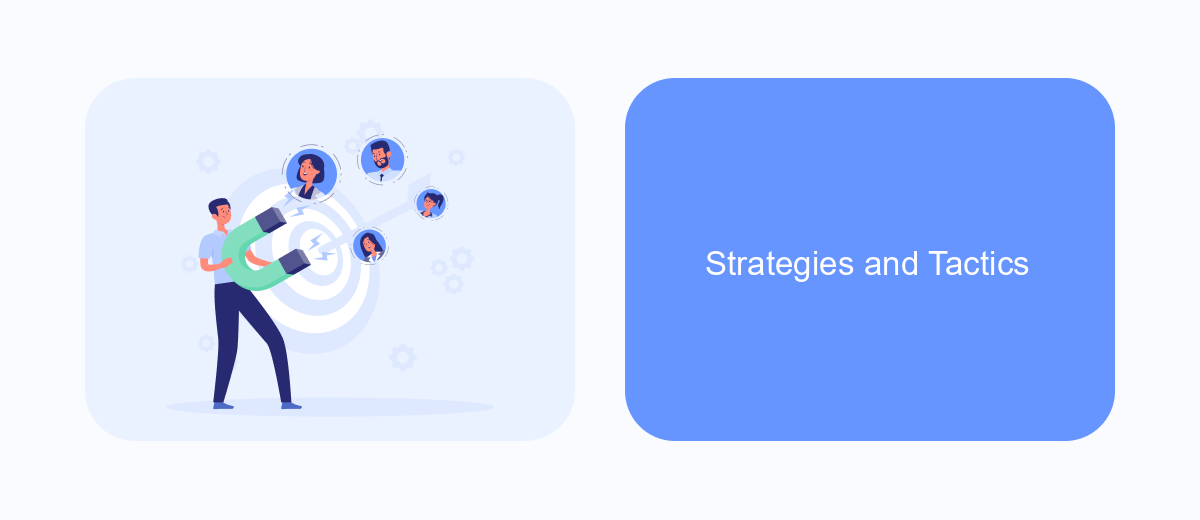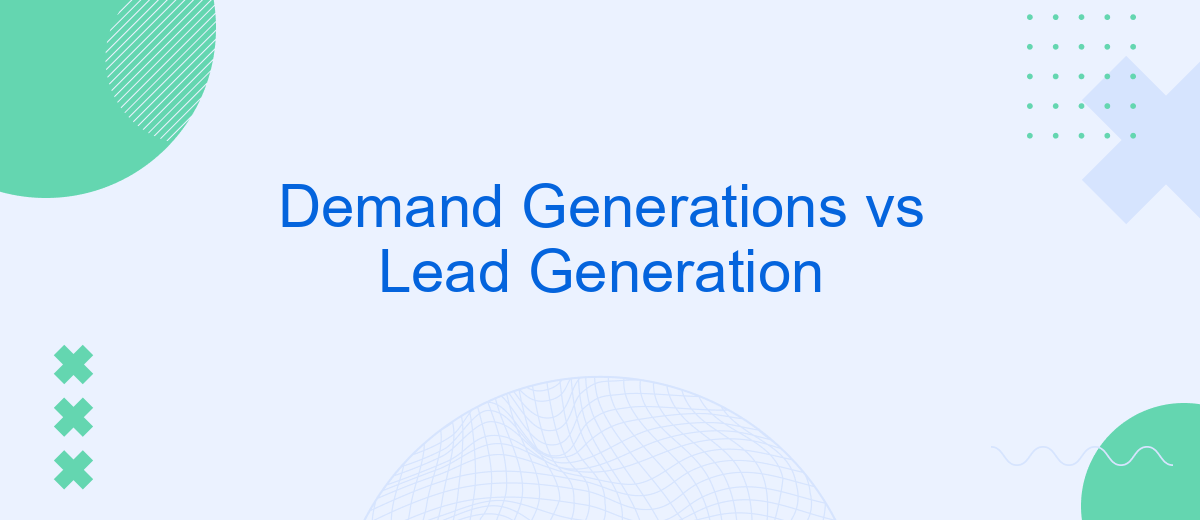In the dynamic world of marketing, understanding the distinction between demand generation and lead generation is crucial for crafting effective strategies. While both aim to attract and convert potential customers, they operate at different stages of the buyer's journey and employ distinct tactics. This article delves into the core differences, helping marketers optimize their efforts for better results.
Demand Generation vs Lead Generation
Demand Generation and Lead Generation are two crucial aspects of modern marketing strategies, each serving a unique purpose in the customer acquisition process. While they are often used interchangeably, they have distinct differences that can significantly impact your marketing outcomes.
- Demand Generation: Focuses on creating awareness and interest in your products or services. It aims to build a long-term relationship with your audience through educational content, social media engagement, and brand storytelling.
- Lead Generation: Concentrates on capturing interest and converting it into actionable leads. It involves collecting contact information through forms, gated content, and direct outreach to nurture potential customers.
Both strategies are essential for a holistic marketing approach. Demand Generation sets the stage by educating and engaging potential customers, making them more receptive to Lead Generation efforts. Tools like SaveMyLeads can streamline this process by integrating various marketing platforms, ensuring seamless data flow and efficient lead management.
Understanding the Key Differences

Demand Generation and Lead Generation are often used interchangeably, but they serve distinct purposes in the marketing funnel. Demand Generation focuses on creating awareness and interest in your products or services. It aims to educate and engage a wide audience, nurturing them over time to build a strong brand presence. This process involves a variety of strategies such as content marketing, social media campaigns, and webinars to attract potential customers who may not yet be ready to make a purchase.
On the other hand, Lead Generation is more targeted and conversion-focused. It aims to capture the contact information of prospects who have shown a specific interest in your offerings. Techniques like email marketing, gated content, and form submissions are commonly used. Tools like SaveMyLeads can streamline this process by automating the integration of lead data from various platforms into your CRM, ensuring that no potential lead is overlooked. Understanding these key differences allows businesses to allocate resources effectively and optimize their marketing strategies for both immediate and long-term growth.
Goals and Objectives

The goals and objectives of demand generation and lead generation strategies are fundamentally different yet complementary. Demand generation aims to create awareness and interest in a product or service, while lead generation focuses on capturing and converting that interest into actionable leads.
- Demand Generation: Increase brand awareness, engage potential customers through valuable content, and build a strong online presence.
- Lead Generation: Capture interested prospects' information, qualify leads based on their readiness to purchase, and nurture them through the sales funnel.
Implementing effective demand and lead generation strategies requires seamless integration of various marketing tools and platforms. Services like SaveMyLeads can automate the lead capture process, ensuring that potential customers' information is efficiently transferred to your CRM. This not only saves time but also enhances the accuracy and efficiency of your marketing efforts, ultimately driving better results and higher conversion rates.
Strategies and Tactics

When it comes to Demand Generation and Lead Generation, both strategies are crucial for driving business growth, but they require different approaches and tactics. Demand Generation focuses on creating awareness and interest in your products or services, while Lead Generation aims to convert that interest into actionable leads.
To effectively implement these strategies, businesses must employ a mix of tactics tailored to their specific goals. Demand Generation often involves content marketing, social media engagement, and brand-building activities. On the other hand, Lead Generation relies more on targeted campaigns, lead magnets, and direct outreach efforts.
- Content Marketing: Create valuable content to educate and engage your audience.
- Email Campaigns: Use personalized email campaigns to nurture leads.
- Social Media Engagement: Build a strong online presence to attract potential customers.
- Lead Magnets: Offer free resources like eBooks or webinars to capture leads.
- Integration Tools: Use services like SaveMyLeads to streamline lead capture and management.
Both strategies require continuous monitoring and optimization to ensure effectiveness. By leveraging tools like SaveMyLeads, businesses can automate and integrate their lead management processes, making it easier to track and convert potential customers. This holistic approach ensures that both demand and lead generation efforts are aligned and working towards the same business objectives.


Measurement and Optimization
Measurement and optimization are crucial for the success of both demand generation and lead generation strategies. To effectively measure the impact of these strategies, businesses should track key performance indicators (KPIs) such as conversion rates, customer acquisition costs, and return on investment (ROI). These metrics help in understanding which tactics are driving the most value and where adjustments are needed. Utilizing analytics tools and CRM systems can streamline the tracking process, providing real-time insights and enabling more informed decision-making.
Optimization involves continuously refining strategies based on the data collected. For instance, A/B testing can be employed to determine the most effective messaging and channels. Additionally, integrating automation tools like SaveMyLeads can enhance the efficiency of lead generation efforts by automatically transferring leads from various sources into your CRM. This not only saves time but also ensures that no potential leads are lost in the process. By regularly reviewing performance data and making necessary adjustments, businesses can maximize the effectiveness of their demand and lead generation campaigns.
FAQ
What is the primary difference between Demand Generation and Lead Generation?
How do Demand Generation and Lead Generation complement each other?
What are some common tactics used in Demand Generation?
How can automation tools help in Lead Generation?
Is it more important to focus on Demand Generation or Lead Generation?
Personalized responses to new clients from Facebook/Instagram. Receiving data on new orders in real time. Prompt delivery of information to all employees who are involved in lead processing. All this can be done automatically. With the SaveMyLeads service, you will be able to easily create integrations for Facebook Lead Ads and implement automation. Set up the integration once and let it do the chores every day.
